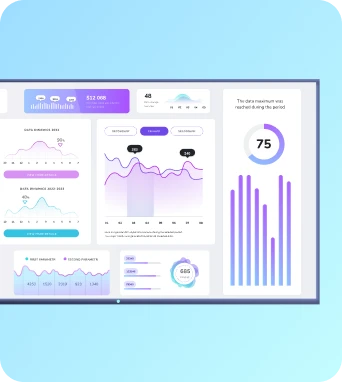Cache-busting
A technique that forces browsers and proxies to fetch the latest version of a resource (CSS, JS, images) by changing its URL or cache headers.
Cache-busting: ensure users receive updated assets
Why cache-busting matters
Common cache-busting techniques
- Filename hashing (recommended): append a content hash to filenames (app.1234.css). When content changes, the filename changes, forcing fetches while enabling far-future caching for stable files.
- Versioned paths: include a version segment in the asset path (e.g., /v2/app.css).
- Query strings: add ?v=123 or ?hash=abc to URLs—works but some CDNs or proxies may ignore query strings for caching.
- Cache-control headers: use short max-age or must-revalidate for assets that change frequently, but this increases requests.
- Service workers: manage cache updates programmatically for advanced control, but requires careful update flow to avoid serving stale content. Each method has trade-offs in CDN behavior, ease of tooling, and cacheability.
Best practices and common pitfalls
Keep the learning going...
Built-in media players
Built-in media players are software components or firmware embedded in commercial displays and smart TVs that decode, schedule and render digital signage content without the need for external hardware. They support common codecs, handle playlists and basic remote management, and simplify deployments for TV dashboards and workplace displays managed through platforms like Fugo.ai.
Calibration tools
Calibration tools are instruments and software used to adjust and fine-tune digital signage displays to ensure optimal performance, color accuracy, and consistency across multiple screens.
Camera-based analytics
Camera-based analytics refers to the use of camera technology to collect and analyze visual data, providing insights into audience behavior and engagement in digital signage environments.



